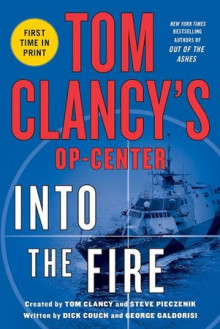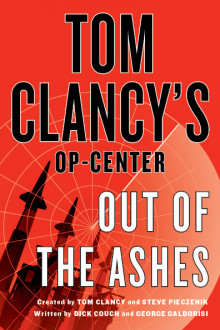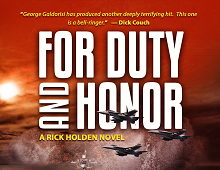Google and Libraries

Google can bring you 100,000 answers, but a librarian can bring you just the right one. We all know that intuitively, but Mahesh Rao brings it home in her piece, “Lost in the Stacks.” For me, it brought me a new appreciation, maybe a renewed love, of libraries. Here is part of what she shared:
Libraries are a place of refuge. It offers a respite from the heat, from office life, from noisy households, from all the irritations that crowd in. They also offer the intangible entanglements of a common space. One of my favorite descriptions of the public library comes from the journalist and academic Sophie Mayer, who has called it “the ideal model of society, the best possible shared space,” because there “each person is pursuing their own aim (education, entertainment, affect, rest) with respect to others, through the best possible medium of the transmission of ideas, feelings and knowledge — the book.”
Libraries may have their idiosyncrasies, but the fundamentals of their ecosystem are universal. They are places of long breaks, of boredom and reverie, of solace and deliberation. They offer opportunities for unobtrusive observation, stolen glances and frissons, anticipation and nudging possibilities. And when the sensible realization strikes that a thrilling plan is better left unaccomplished, they might also become sites of abandonment.






